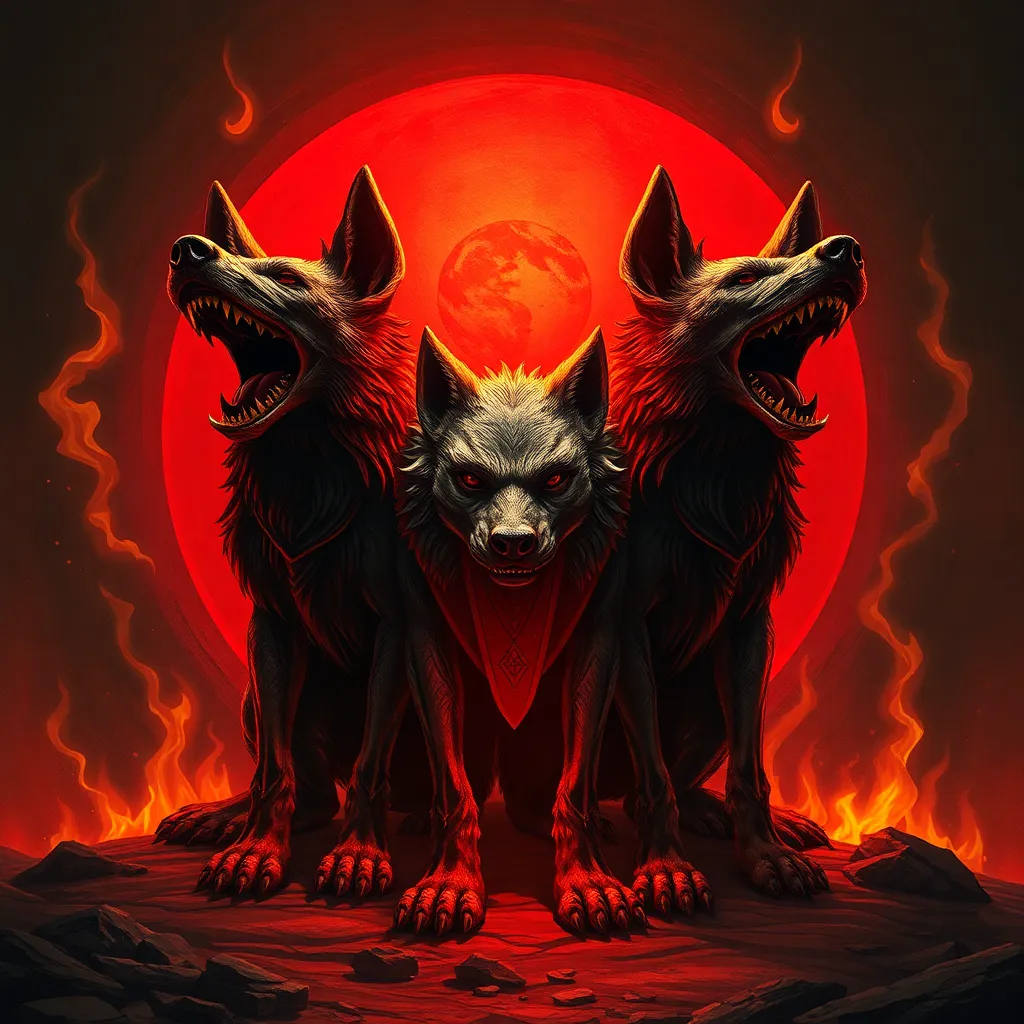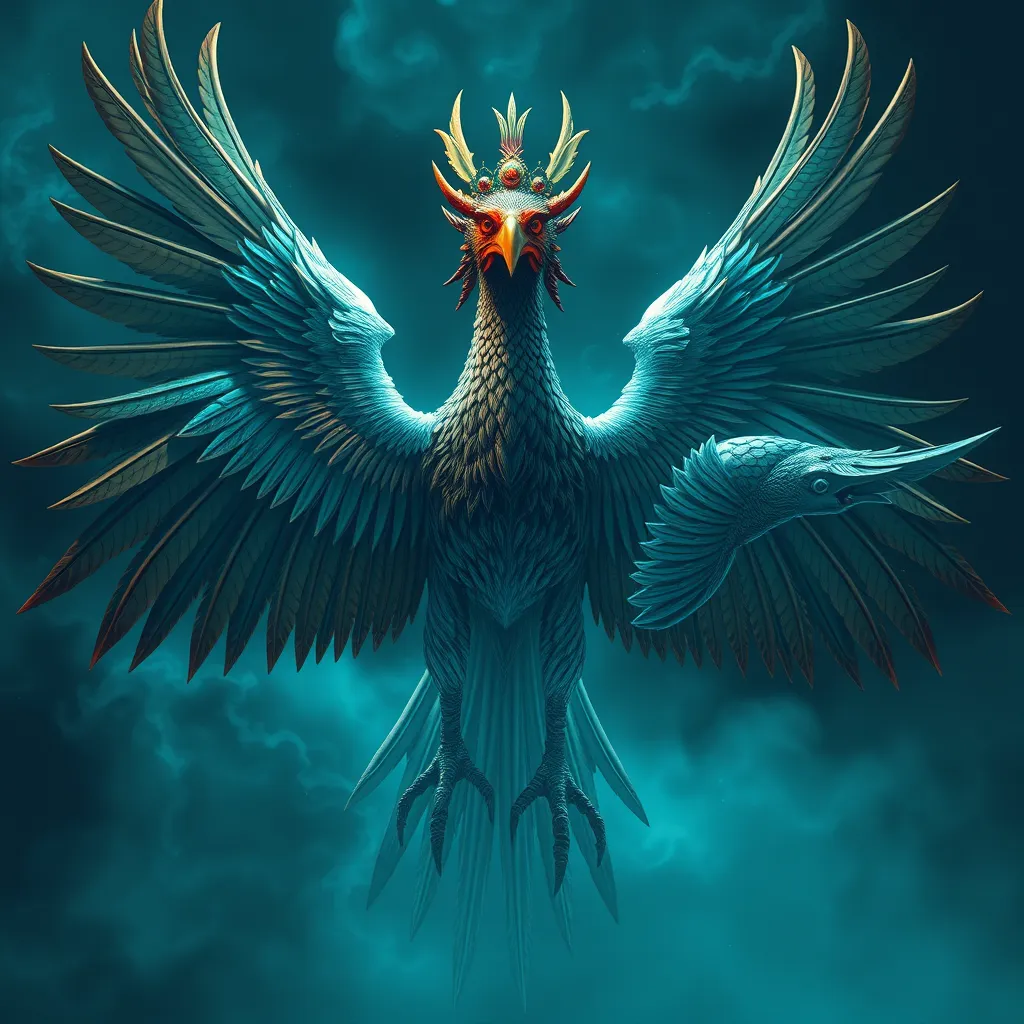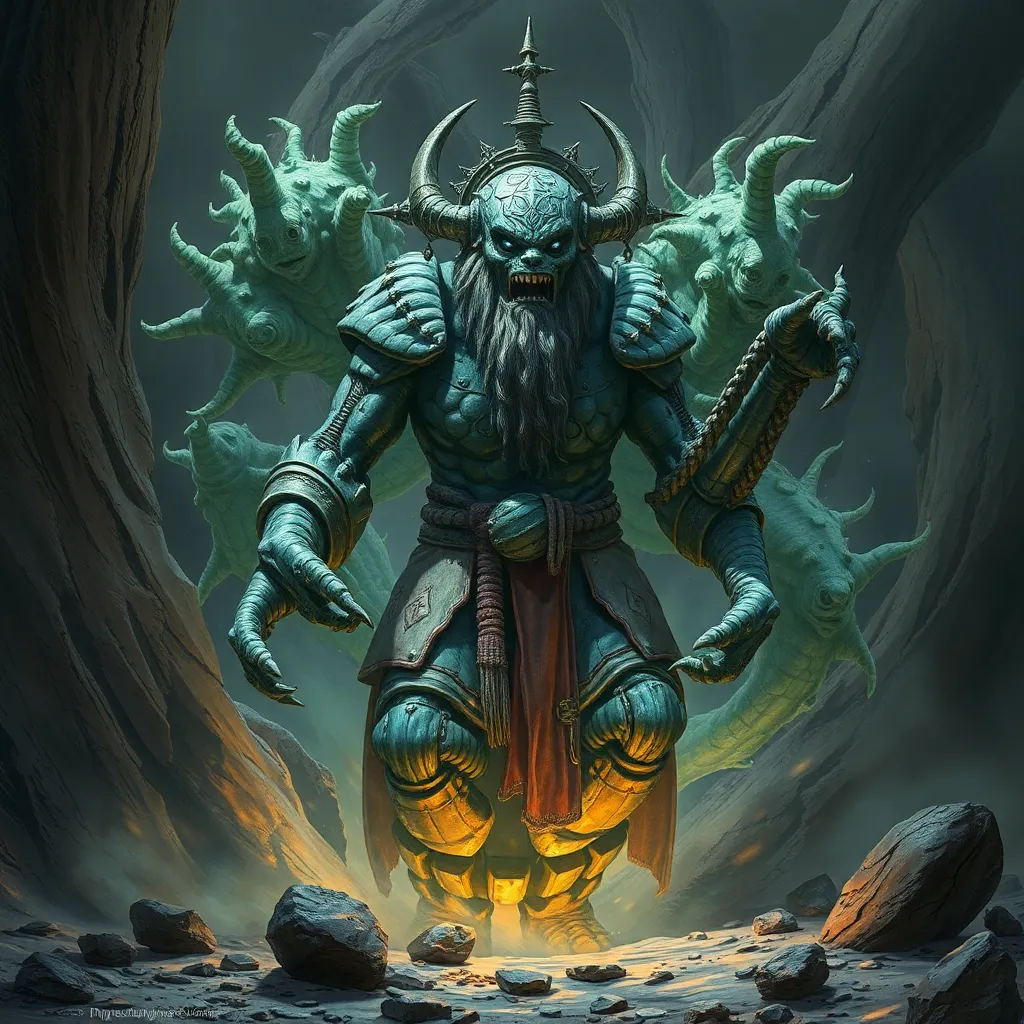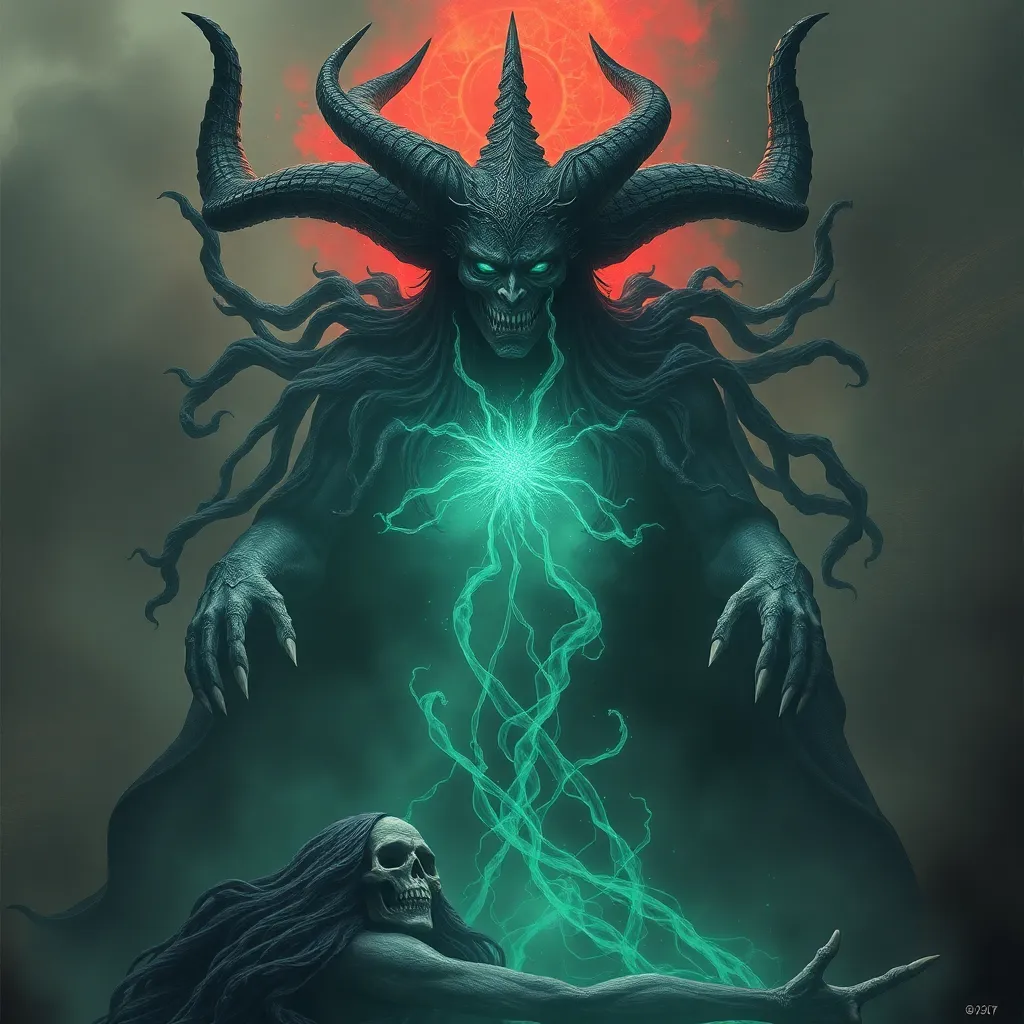The Role of Cerberus in Rituals: Understanding the Myth’s Connection to Ancient Practices
I. Introduction
Cerberus, the three-headed dog of Greek mythology, stands as one of the most iconic figures associated with the Underworld. As the guardian of Hades, Cerberus plays a crucial role in the ancient narratives surrounding death and the afterlife. Understanding mythological figures like Cerberus is vital, as they often reflect the values, fears, and beliefs of the cultures that created them.
This article aims to explore the multifaceted role of Cerberus in ancient rituals, shedding light on how this mythological creature influenced religious practices, beliefs about the afterlife, and the cultural landscape of ancient Greece.
II. Cerberus: The Guardian of the Underworld
Cerberus is often depicted as a monstrous dog with three heads, a serpent for a tail, and multiple snake-like appendages. Originating from the depths of Greek mythology, Cerberus is the offspring of the monstrous Typhon and Echidna, representing a bridge between life and death.
The symbolism of Cerberus as a guardian figure is significant. He embodies the fear of the unknown and the finality of death, acting as a sentinel who prevents the living from entering the Underworld and the dead from escaping. This role underscores the ancient Greek understanding of mortality and the sacredness of the afterlife.
In the context of the Underworld, Cerberus is not merely a fearsome beast; he is a necessary protector of the realm where souls reside. His presence signifies the transition from life to death, reinforcing the belief that death is a passage rather than an end.
III. Cerberus in Ancient Greek Religion
Cerberus holds a prominent place in the ancient Greek religion, particularly within the worship of Hades and his consort, Persephone. The Underworld was viewed as a realm of both fear and reverence, and Cerberus’s role was integral in maintaining the sanctity of this domain.
Rituals associated with Hades and Persephone often included offerings and sacrifices intended to appease the deities and ensure safe passage for the souls of the deceased. Cerberus, as the guardian, was implicitly involved in these practices, symbolizing the need for respect and caution when approaching the realm of the dead.
- Offerings of honey cakes and wine were common to placate Cerberus.
- Funerary practices included rituals to honor the dead and ensure their peaceful journey.
Moreover, Cerberus was sometimes involved in funerary practices, where his image or representations were used to invoke protection for the deceased on their journey into the Underworld.
IV. Cerberus in Mythological Narratives
Cerberus is featured prominently in several key myths, most notably in the tale of Heracles (Hercules) and his twelfth labor, where he is tasked with capturing the beast. This myth elucidates Cerberus’s role as both a guardian and a formidable opponent. Heracles’s successful capture of Cerberus signifies the hero’s triumph over death and the Underworld’s challenges.
Analyzing Cerberus’s role in these stories reveals deeper implications for ancient practices. His presence often represents the liminal space between life and death, highlighting the importance of navigating this threshold in ancient Greek belief systems.
Furthermore, the narratives surrounding Cerberus often reflect the cultural attitudes towards death, heroism, and the afterlife, showcasing how these myths served as moral and ethical lessons for the living.
V. Cerberus and the Concept of Liminality
Liminality, a term derived from anthropology, refers to the transitional phase between two states of being. Cerberus embodies this concept as a threshold guardian, representing the boundary between the living and the dead. In rituals, the act of crossing this boundary was laden with significance, often requiring specific rites to ensure safe passage and protection.
Cerberus’s role as a threshold guardian highlights the significance of boundaries in ancient practices. Rituals often involved:
- Purification rites to cleanse participants before entering sacred spaces.
- Offerings to appease deities and guardians like Cerberus.
- Symbolic gestures that acknowledged the power of the Underworld.
These practices underscored the belief that crossing into the realm of the dead required respect and caution, recognizing Cerberus as a necessary figure in this journey.
VI. Cerberus in Art and Iconography
Depictions of Cerberus in ancient art, from pottery to sculpture, illustrate the cultural significance of this mythological figure. Artists often portrayed Cerberus with three heads, showcasing his fearsome nature and role as a guardian.
Artistic representations of Cerberus often served ritualistic purposes, reinforcing the beliefs surrounding death and the afterlife. For instance:
- Pottery featuring Cerberus was used in funerary contexts, possibly to invoke his protection for the deceased.
- Sculptures depicting Cerberus adorned temples dedicated to Hades and Persephone, reminding worshippers of the Underworld’s power.
The influence of Cerberus’s imagery extended beyond ancient Greece, permeating later cultural practices and reflecting the ongoing fascination with this mythological figure.
VII. Modern Interpretations and Adaptations
In contemporary culture, Cerberus continues to resonate as a symbol of guardianship, fear, and the mysteries of the afterlife. From literature to film, Cerberus’s legacy has been reinterpreted in various ways, adapting to modern sensibilities while retaining his core attributes.
Modern spiritual practices sometimes draw upon the figure of Cerberus, reinterpreting him as a protective spirit or a symbol of transformation. This ongoing relevance illustrates how mythological figures can evolve while maintaining ties to their ancient origins.
Some notable modern interpretations include:
- Literary works that explore themes of death and the afterlife through the lens of Cerberus.
- Film adaptations that portray Cerberus as a complex character, often challenging traditional notions of good and evil.
VIII. Conclusion
In summary, Cerberus’s role in ancient rituals and mythology is a testament to the complexity of human beliefs surrounding death and the afterlife. As a guardian of the Underworld, Cerberus embodies the fears and reverence associated with mortality, influencing ancient practices and beliefs.
Reflecting on Cerberus’s enduring impact reveals the interconnectedness of mythology and modern spirituality, suggesting that the themes encapsulated in ancient myths continue to resonate in contemporary rituals and beliefs.
This exploration of Cerberus encourages further inquiry into the connections between myth and ritual practices, inviting individuals to delve deeper into the significance of these timeless narratives in understanding the human experience.



